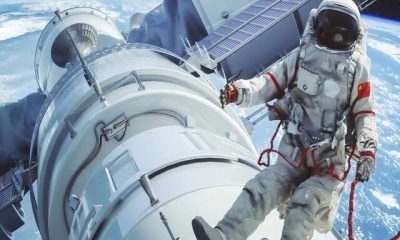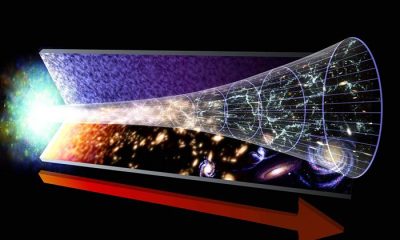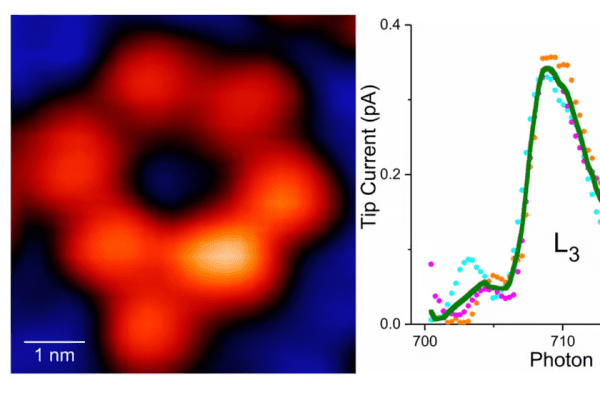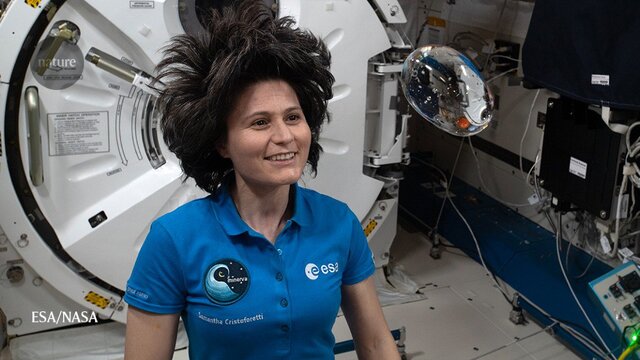Time and gravity , human aging and gravity. Is it a relationship between these terms? We will find out in this article.
More than a century ago, Einstein’s theory of general relativity revolutionized the human understanding of the universe. Since then, scientists have realized that the movement of time is not constant. Among the tragic consequences of general relativity is that time passes faster at the top of any staircase on Earth than at the bottom.
This confusing phenomenon is because the closer an object is to the Earth, the greater the effect of gravity. Since general relativity describes gravity as a warping of space and time, time moves slower at higher altitudes and farther from the Earth, where gravity has less influence.
The effect of gravity on human aging
So, if time is related to gravity, does that mean that people on top of mountains age faster than people at sea level? Does increased gravity make people age more slowly?
James Chin Van Cho, a physicist at the National Institute of Technology and Standards (NIST) in Boulder, Colorado, told LiveScience that time passes more slowly for all objects far from the gravitational field. This means that people living at high altitudes age slightly faster than at sea level. Chu said:
Gravity causes us to age more slowly. We age a little slower than someone not near a massive object. The entire universe around us expands more slowly under gravity than a person who is not near a massive body.
The differences are slight but measurable. If you sit on Mount Everest, 8,848 meters above sea level, for 30 years, you will be 0.91 milliseconds older than if you spend the same 30 years at sea level.
Read more : Is time travel possible?
Similarly, if twins who live at sea level are separated for 30 years, and one moves to Boulder County, Colorado, which is 1,800 meters above sea level. The other stays there, when 30 years later, the twin who lived at high altitude would be 0.17 milliseconds older than the twin who lived at sea level.
In a stunning experiment, NIST researchers used one of the world’s most accurate atomic clocks and showed that time moves faster even 0.008 inch (0.2 mm) above the ground.
Tobias Bothwell is a physicist at NIST and co-author of a paper published in 2022 in Nature’s journal describing the experiment. He said: “These are not just calculations. “We have seen changes in the clock’s movement over a distance as thick as a human hair.”
Time and gravity
The key to understanding why massive objects distort the passage of time is to know that spacetime is a four-dimensional environment consisting of three spatial dimensions (up or down and right or left and forward or back) and one temporal dimension (past or future) is formed. In the relativistic model, gravity is said to exist when any object with mass bends its environment and space and time simultaneously.
Andrew Norton, professor of astrophysics at the Open University in England, told LiveScience in an email.
Anything that has mass affects spacetime. In the vicinity of an object that has mass, spacetime is distorted, leading to the curvature of space and the expansion of time. This effect is real and measurable, But it is insignificant in everyday situations.
In non-everyday situations, the described phenomenon, called gravitational time dilation, can confuse. According to Norton, the GPS satellites orbiting the Earth at an altitude of 20,186 km must be adjusted because during 24 hours, their clocks move 7.45 microseconds faster than those on Earth. Chu says:
The most important effect of gravity on the passage of time is probably GPS accuracy. Since GPS satellites travel at high speeds and higher altitudes, and farther from Earth, the relativistic effects of speed and gravity must be accounted for to accurately infer our position on Earth.
From an individual perspective, it is clear that gravity causes us to age later. However, this phenomenon lasts only a few milliseconds, and living at sea level is not a good anti-aging strategy. Don’t forget that time is precious and fleeting, Especially when we are far from objects with mass.
Via : Livescience



 Technology1 year ago
Technology1 year ago


 Technology1 year ago
Technology1 year ago


 Technology1 year ago
Technology1 year ago


 AI2 years ago
AI2 years ago


 Technology1 year ago
Technology1 year ago


 Technology1 year ago
Technology1 year ago


 Humans2 years ago
Humans2 years ago


 Technology1 year ago
Technology1 year ago























